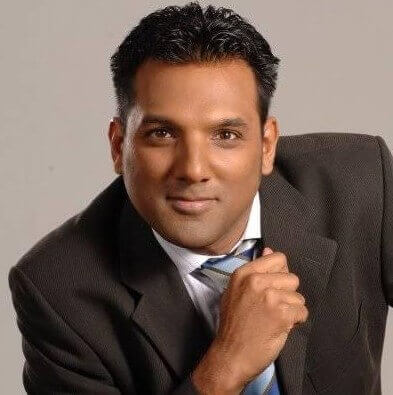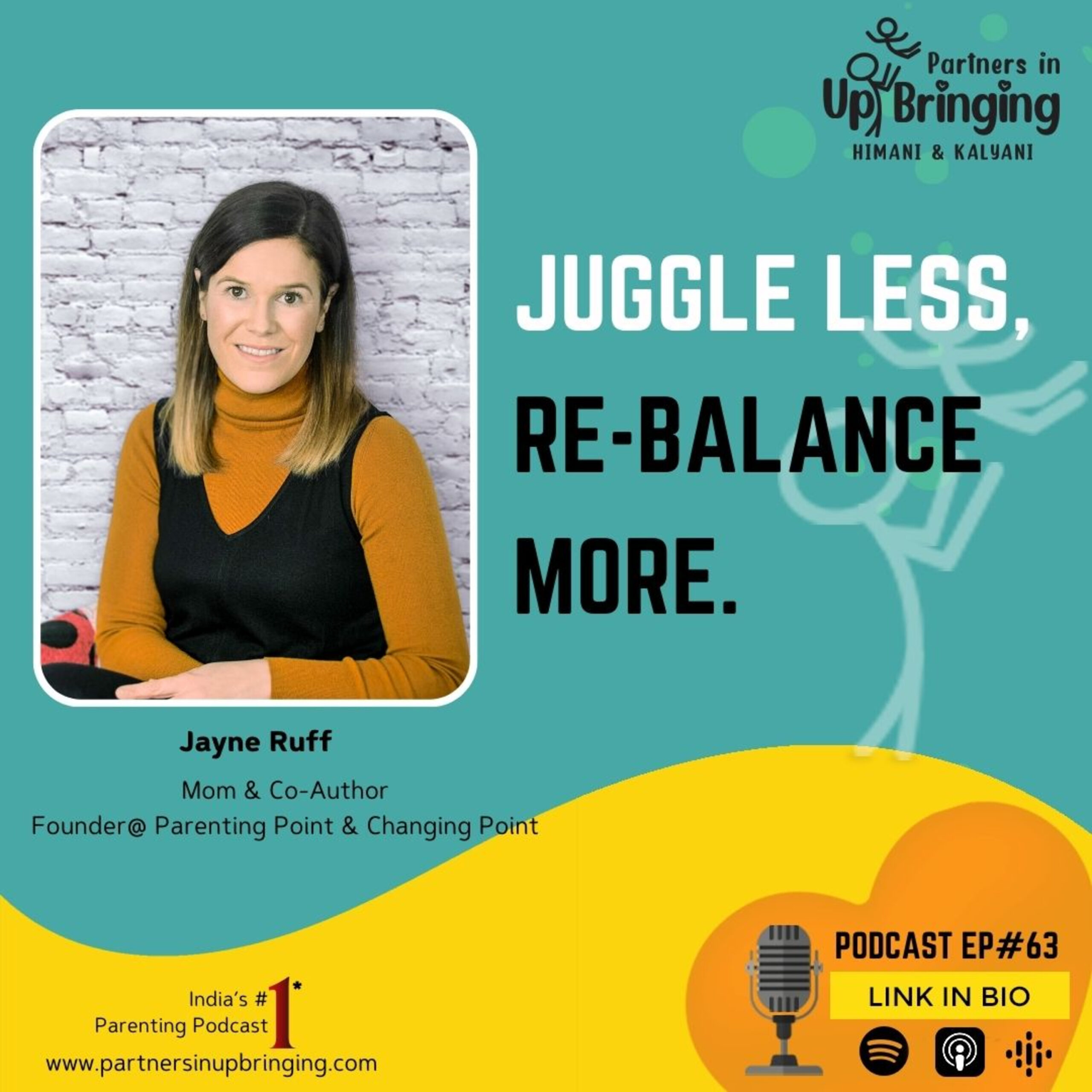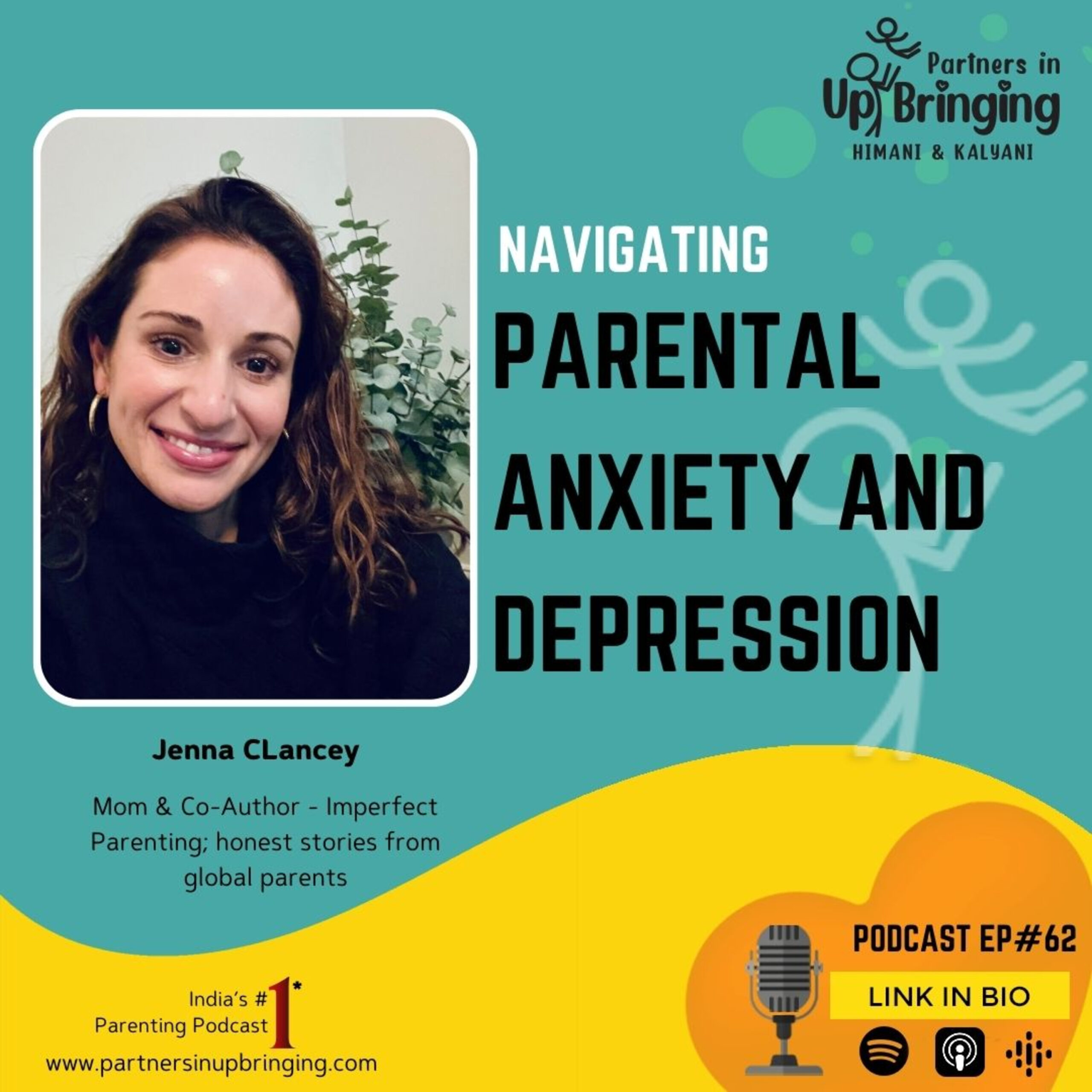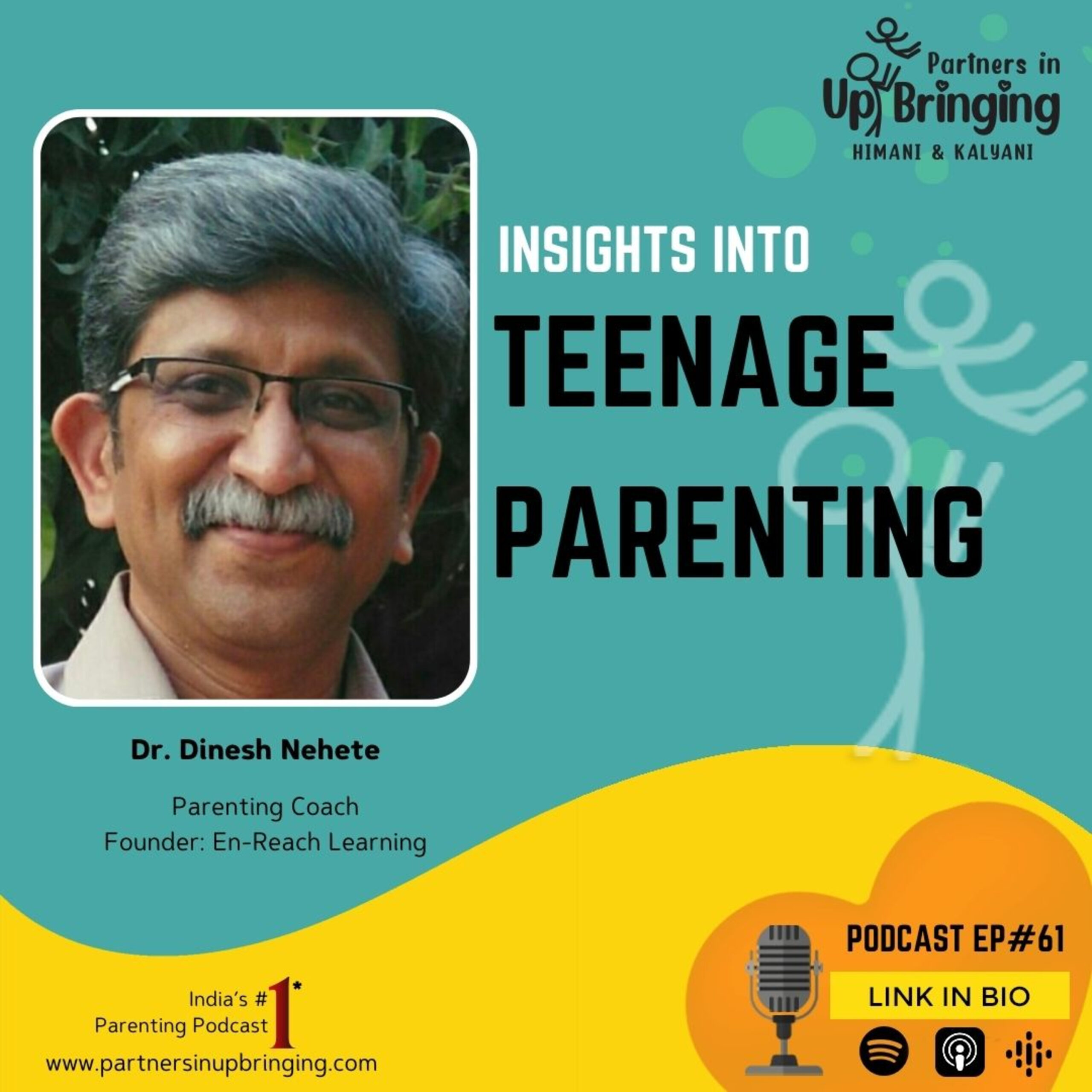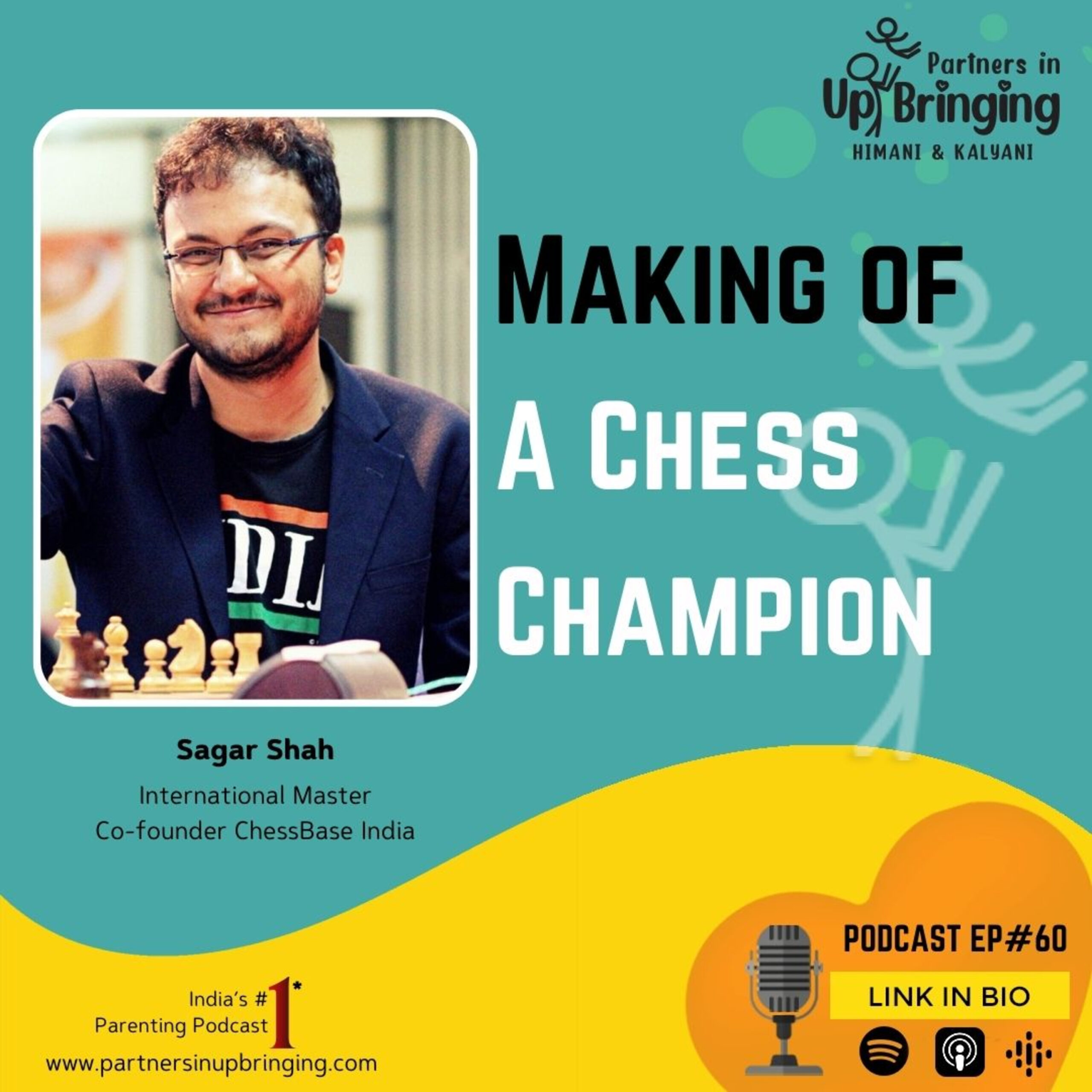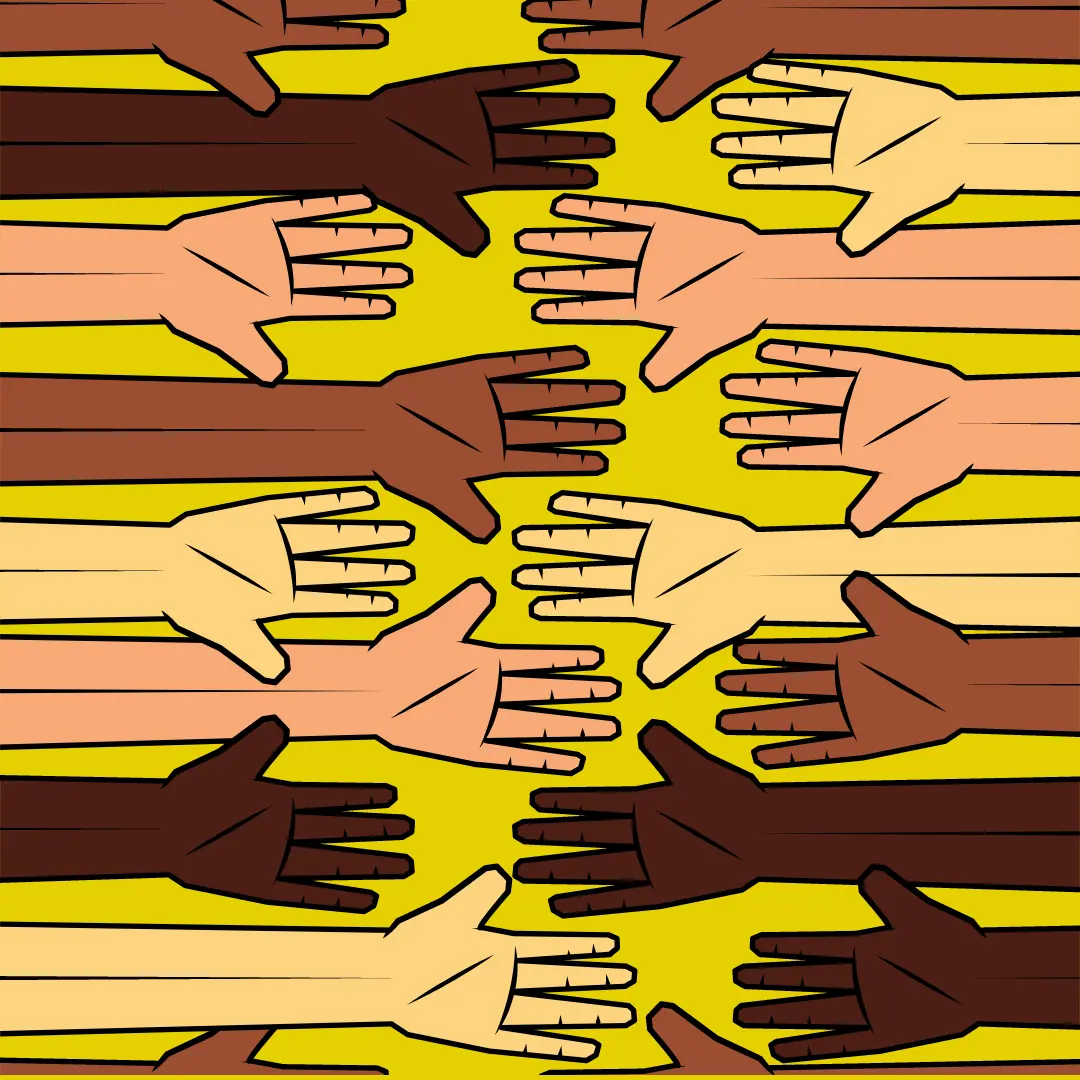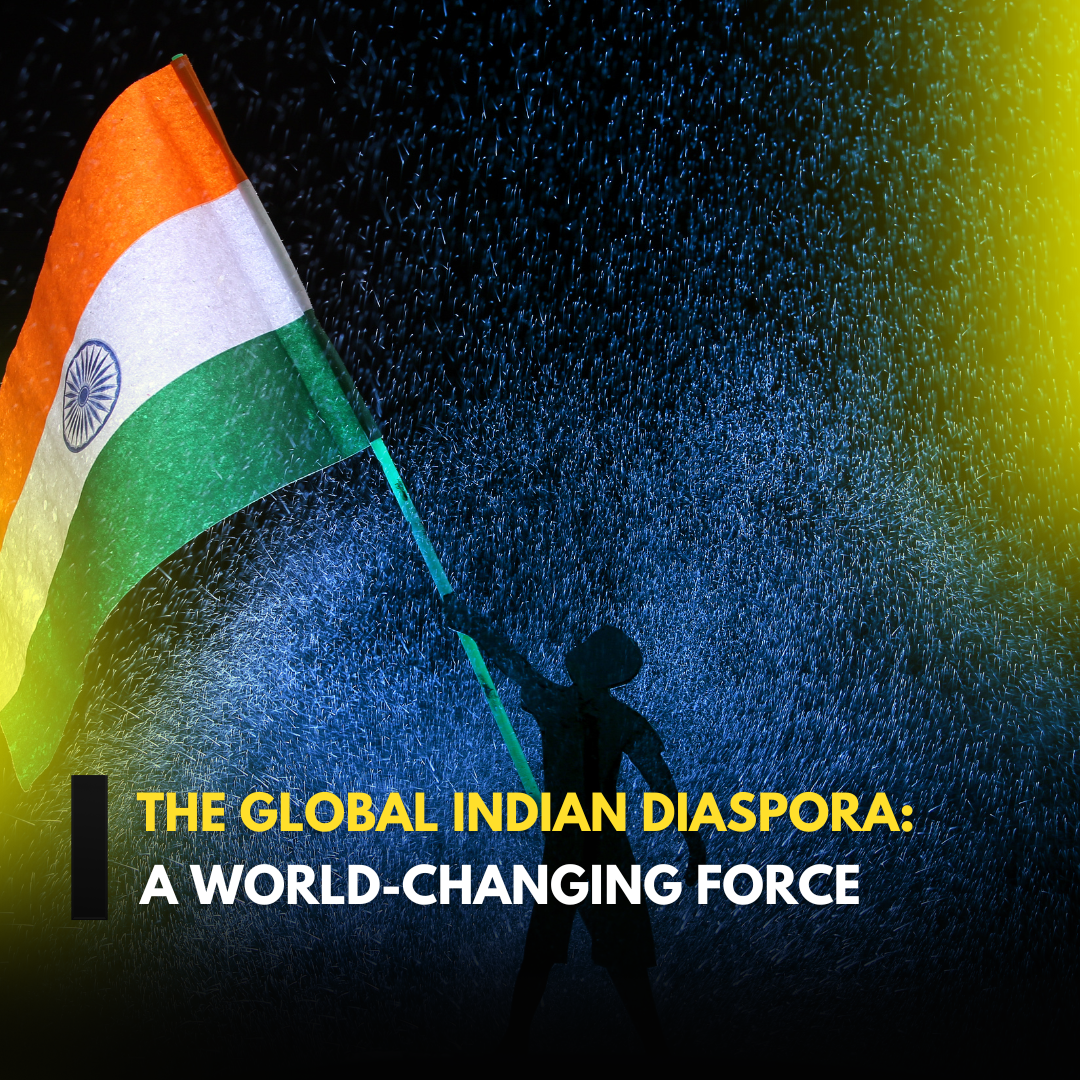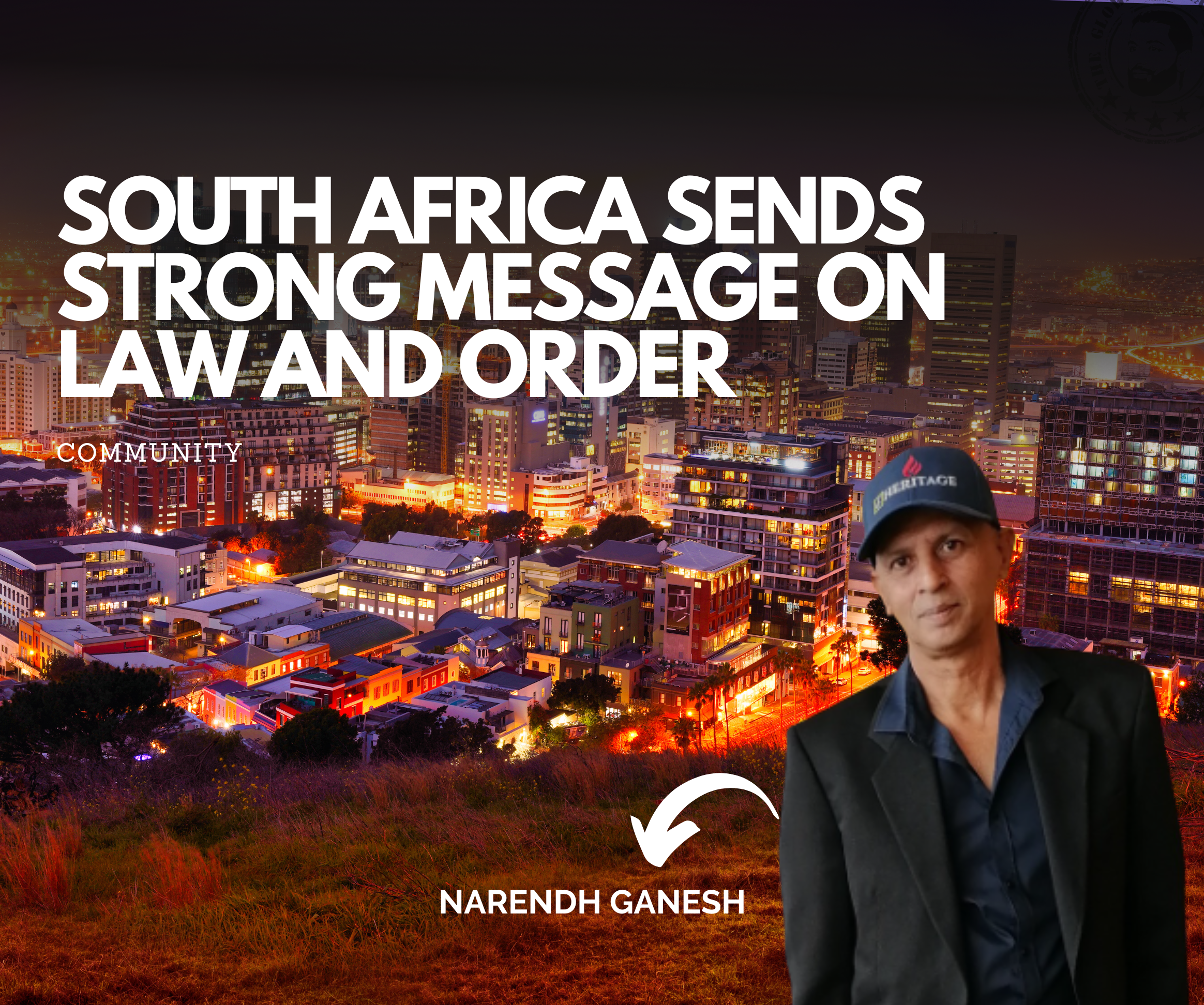By Dr Kirk Meighoo -
In this article, it is argued that the continuing survival of Indo-Jamaicans as a distinct cultural group in Jamaica depends not so much on internal cultural renaissance and separatism as on the further transformation of wider Jamaican identity itself. In other words, “Jamaicanness” must move from an obscuring, assimilative and reluctant plurality to a plurality that is celebratory, open, and revealing. I propose that the present-day place of Curry goat in Jamaican identity symbolize the direction for this future transformation. As Curry Goat is quite easily and readily seen as both Jamaican and Indian, so too must Jamaican identity itself be seen.
In addition, I argue that this type of pluralizing transformation has already occurred in Indo-Jamaican identity, making this identity significantly different from the more “exclusivist”-oriented Indian identities in Trinidad and Guyana. In making the argument, the paper critically reviews the conceptual places given to Indians in Jamaica and historically traces the transformations of Indo-Jamaican identity to its present non-exclusivist, multiple, Curry Goat-like signification.
Introduction: Survival
Despite being Jamaica's second largest ethnic group, Indians have yet to be referred to as a meaningful or "real" Jamaican community in the same way that the Black, Brown, White, Chinese, or Syrian/Lebanese communities are. Indeed, Indo-Jamaicans largely exist in a situation where non-Indians - who greatly outnumber them - barely (and often only insultingly) recognize their existence. On the other hand, Indians do blend in quite naturally and inconspicuously in the Jamaican mélange. Indian difference, then, is suppressed in an uneven combination, both voluntary and coercive, to conform to a dominant vision of Jamaicanness. In this situation, many Indians, and some others, worry about the survival of Indo-Jamaican ethnicity in Jamaica.
In the prevailing configuration of Jamaican identity, I see two important possible futures for the relationship between Indians and the rest of Jamaica. The first is that the future of Indians in Jamaica be like that of the Caribs and Arawaks - existing in the realm of historical accounts, unnoticed word-roots of place names, and vague traces of ancestry. The other is more akin to the Maroons' - a distant group of separate and strange Others existing in a mutually exclusive, one-or-the-other relationship with Creole Society. But I am not forecasting predictions. Instead I forward strategy. I argue that the continuing survival of Indo-Jamaicans as a distinct cultural group in Jamaica depends not so much on internal cultural renaissance and separatism as on the further transformation of wider Jamaican identity itself. In other words, "Jamaicanness" must move from an obscuring, assimilative and reluctant plurality to a plurality that is celebratory, open and revealing. I propose that the present-day place of curry goat in Jamaican identity symbolize the direction for this future transformation. As curry goat is quite easily and readily seen as both Jamaican and Indian, so too must Jamaican identity itself be seen.
Who are the Indo-Jamaicans?
I write this paper after three years of wide and intense involvement in the Indo-Jamaican community, coming from a Torontonian-Trinidadian background. In the context of my Diasporic experience, the number and concentration of Indians in Jamaica is less than in Toronto and Trinidad. But the importance of Indo-Jamaicans’ cultural contribution to their neighbouring communities lies somewhere between these other two Indian communities due to its long history. My participation in Jamaica has been in a cultural-organizational, non-academic capacity and I still consider myself associated with the community. The present paper is part of the transformation of my involvement to adapt to the circumstances of my new location in Trinidad and Tobago.
Up to this point I have been speaking of Indo-Jamaicans as a group whose identity has been unquestioned. While this may have been acceptable during the early days of indenture, the situation has grown more complex. Indeed, upon examination of this question the tying together of the Indo-Jamaican and wider Jamaican future becomes clearer.
In a recent newspaper article describing the history of Indians in Jamaica, three waves of immigration were noted by the author: the indenture phase in the mid-19th century, the merchant phase in the mid-20th century, and the professional phase starting from the 1970s. Because the number of descendants from the indentured Indians is relatively small, and the social and political visibility of the professional and merchant Indians and their descendants is relatively large and more noticeable, distinctions between the "expats" and the Jamaicans are more blurred than, for example, in Guyana and Trinidad. However, the merchant and professional immigrants, I argue, should be seen as significantly different from the indentures. Culturally they are from different parts of India and retain strong ties, especially regional languages and marriage traditions. Organizationally, too, they are separate, for the most part. Economically, they are better off. And geographically, they are more urban and transnational.
Many Jamaicans recognize this difference, especially those with close ties to the descendants of indentured Indians - those who I refer to when I speak of “Indians in Jamaica” or “Indo-Jamaicans”. The descendants of the indentured share significantly more with their Afro-Jamaican neighbours and family members than they do with the Indian nationals. They participate in each other's religious festivals - Hussay, Easter, and Christmas for example. They share the same language traditions. And they work, socialize, and have children together on a class basis. Indo-Jamaicans are fiercely Jamaican and take every opportunity to say and demonstrate so. But there is more. I would guess that a majority of Jamaicans have at least some indentured Indian ancestors - and this, I argue, makes Jamaica inextricably Indian, in addition to the many other things it certainly is. Most Jamaicans in this sense are at least partly Indo-Jamaican.
My idea of Indo-Jamaicans, however, is of a socially/historically constructed group rather than a "biological", essentialist one. Because of this, I do not include the post-indenture Indians and their descendants in what I short-handedly (!) call Indo-Jamaicans. This is because the social construction of post-indenture Indians, I maintain, is significantly different. And this is not an idiosyncratic definition either. Tolan (1994:91) essentially is in agreement with this perspective when he states, "In trying to assert our impact on art and culture we need to differentiate between the Indian nationals and the Indians of Jamaica... To a large extent the Indian nationals have identified mainly with their own community" and have their own contributions in the garment industry, medicine and trading sectors. "Lack of time and the inability to humble themselves to the needs of the smaller man is their disadvantage in any long term attempt to promote Indian culture." Shepherd (1984:280-1), too, gives historical foundations for this separation by noting that the major area of conflict within the Indian community in Jamaica has not been between Hindus and Muslims, between North and South Indians, or between different regional/linguistic groups, but rather has been between the ex-indentured and the "never-indentured." Finally, seeing identity in this social/historical sense rather than a biological way makes more possible the transformation of identity that I suggest.
Indians as a Distinct Group in Jamaica
The Non-Importance of Indians
When speaking of Indo-Jamaicans even to close friends in Jamaican academia, reactions of novelty, skepticism, and/or (slight) hostility/defensiveness are not uncommon. Indeed, this is reflected in the literature on Jamaica, in which for the most part Indians have not existed - for example, Nettleford's omission of Indians in Mirror, Mirror, his account of Jamaican pluralism, while recognizing Negro, Chinese, White/English, and Syrian groups (see Ehrlich 1976:19). In less severe instances, Indians have been acknowledged as an ethnic group, but one that is then quickly put together with the rural or working-class Blacks - as Ehrlich (1976:19) put it, as "part of some undifferentiated lower class embodied in the rural masses of the island". Indeed, to emphasize the non-Indianness of Indo-Jamaicans, R.T. Smith and Jayawardena commented in 1959 that on the whole Indo-Jamaicans "despise things Indian" and "made every attempt to become wholly Jamaican" (in Ehrlich 1976:20). Or John Hearne, describing Jamaican cultural heritage in 1963, asserted that Indians "lost all cultural 'separateness' and are completely absorbed into the mainstream of Jamaican rural life" (in Ehrlich 1969:121). Wendell Bell, in 1964 speaking on political leadership, commented that Indians in Jamaica were "fairly well assimilated socially and culturally" (in Ehrlich 1976:19). And finally, George Beckford and Michael Witter (1980:44), acknowledge indentured East Indians as an (undifferentiated) part of the agro-proletariat in Small Garden… Bitter Weed.
I argue that this is a misreading of Indo-Jamaicanness. This misreading is understandable from a perspective that looks for Indian sub-groups similar to ones found in Guyana and Trinidad - that is, populous with large obvious areas of cultural exclusivity. But from their beginnings, unlike in Trinidad and Guyana, Indians were not seen as a threat by the Blacks because they were imported in such small scattered numbers. Shepherd (1986:8) recounts an incident where a plantation owner told his Black workers "lots of coolies are coming," to which the workers anxiously replied, "make them come now massa they will buy our provision fro' we." Not that antagonism did not exist (Shepherd 1986:7-8), it just did not on a large systematic scale. Also, Jamaican accounts such as those by Surgeon Major Comins in 1890 that "as a rule, coolies and negroes get on well together and live amicably on the estates" (in Shepherd 1986:6) have been common to this day. And further, there have been no large-scale attacks by Blacks on Indians like there have been against Chinese, Jews and Syrians. Indian non-antagonism, then, seems to encourage a view of non-existence from this exclusivist perspective, and therefore cannot be found that way. However, I argue that Indo-Jamaican identity is fundamentally different from this conception. Indeed, it has undergone the type of plural, open transformation that I am suggesting wider Jamaican society take.
Indo-Jamaican Social Distinction
Allen S. Ehrlich doing his fieldwork in the mid-1960s, developed an interesting perspective trying to understand Indo-Jamaicans unique sense of identity. Like the others above, he maintained Indo-Jamaicans' lack of cultural, geographic, economic, and almost physical distinction from Afro-Jamaicans. But he firmly asserted their social distinction. Ehrlich forwarded that Indians were inserted into and scattered throughout a strongly established Plantation Society, unlike Guyana and Trinidad. Indians in Jamaica, then, lost their cultural distinction - "one does not find in rural Jamaica notions of caste, panchayat, patrilineal extended families, village exogamy, nor the practice or use of Indian religious beliefs and languages" (Ehrlich 1976:20); "there are no clusters of activities around which the Indians can overtly exhibit their ethnicity" (Ehrlich 1969:121). Ehrlich continues to build on the social importance of self-identification as Indians, however. He argues that Indo-Jamaicans were able to maintain a distinct social identity by adopting an approximately "Brown" position in the Plantation stratification system, distancing themselves from their Black neighbours largely on the basis of straight hair (Ehrlich 1976). According to Ehrlich (1976:24), this was a strange case indeed, for it was not a distinction that brought material rewards, nor was it one based on cultural difference. It was one based on categorical ascriptions for its own sake.
That Indians thought of themselves as higher (i.e. closer to the Whites) than Blacks is supported by Shepherd (1986:3) who emphasizes an "Indian contempt for darker-skinned people" and an attitude that saw Blacks as "hopelessly polluted". But the case is more complicated. Black Jamaicans, for instance, do not see Indians as better than them. References to Indians as "Coolies", as lowly, dirty, nasty, heathen, crude, unmannerly, mean, hiding money, deceitful, other and alien abound. In the 19th century, Blacks contemptuously referred to Indians as "slave coolies" for accepting slave-like working conditions (Shepherd 1986:8). And Indians' complaints that Negroes habitually discriminate against them (in Ehrlich 1976:23) reveal that Afro-Jamaicans are often in positions of power over Indians in Jamaican society. So Indian distinction, I believe, runs deeper than Indian self-perception.
An Indo-Jamaican Cultural Complex
More emphatic, and in opposition to Ehrlich's view, are the handful of others who have presented Indo-Jamaicans as a fully distinct group. Firstly, geographic areas where Indo-Jamaican identity is formed and transmitted are identified. These include Fellowship (Portland), Paul Island and St. George's Plain (Westmoreland), Kemps Hill, Portland Cottage, Vere, Race Course, and Waterlane (Clarendon), "Hindu Town" and Cockburn Gardens (Kingston) (Mansingh and Garg 1979:11; Mansingh 1979:7).
Culturally, the Mansinghs (1993) have argued at length that Indo-Jamaicans do indeed have distinct practices, in a clear refutation of Ehrlich. Laxshmi Mansingh (1979:16) has historically identified six features of Indian village life. These are : (1) the panchayat, (2) the joint family, (3) language, music food, (4) festivals, (5) a philosophical and transcendent approach to everyday life, and (6) Hindu and Islamic traditions. She also mentions the "deep background and knowledge of Indian folk music and dances", ceremonies, festivals, minor festival and family occasions, the making of musical and other instruments, and community sheds and weekly dinners as centres of cultural formation and transmission (Mansingh 1979:7, 16). Indeed, many of these institutions exist today, sometimes in heavily modified forms, however.
At an economic level, too, there was the obvious distinction during indentureship. But beyond indentureship, Laxshmi Mansingh (1979:5,7) has identified the existence of village economies - jewelry making, trading in gold and silver, manufacturing furniture and appliances, setting up retail businesses, kitchen gardens, rice cultivation in swamps, supplying fish and ducks, local banking, money lending, and safe-keeping. Ehrlich (1989, 1969), too, extensively writes on rice farming in Westmoreland and its associated crayfish, duck, and baldplate trade. The destruction of this complex in 1959 through the draining of the swamp lands by WISCO drastically hardened life for Indians in Westmoreland.
By the 1940s a large number of Indians had moved to Kingston - Denham Town, Tivoli Gardens, Bachan Pen, Penwood Road, Trench Town, Cockburn Gardens, Franklyn Town, Spanish Town Road to Six Miles, Constant Spring, Whitehall Avenue, Molynes Road, August Town, and Hagley Park - where they largely engaged in market gardening and vegetable selling (Shepherd 1986:15). However, slum clearance, rent hikes, metered water, shortage of houses and a ban on house to house sale of vegetables strangled the economic independence of the Indians (Shepherd 1986:16). In these times, Indians were seen by working-class Blacks as competition for jobs. This differentiation was evidenced when Indians refused to join the 1938-9 riots, for which they were attacked on the Kingston wharves for instance (Shepherd 1986:15). Other examples of tension include James Hassan's complaint to the Protector of Immigrants in 1941 that Indians who attempted to join unions were met with hostility because they were seen as rivals. Sam Maharaj of Port Antonio, too, complained about discrimination in relief employment. In the urban areas, Indians were elbowed out of queues for work tickets, or, for those who managed to stay in line, were refused them (Shepherd 1986:16).
Organizations as a Reflection of Indo-Jamaican Identity
The most concrete manifestations of a distinct Indian identity were the many organizations that have represented Indians in Jamaica. During the indentureship period there was a Protector of Immigrants around which Indian identity was publicly represented. At this time then Indians were seen as a distinct group - foreign and transient. But 62% of those who came to Jamaica ended up staying (Shepherd 1986:3) changing the character of Indian presence. Indeed, Shepherd mentions the 1879-1910 campaign for separate Indian schools. This was allowed for a brief period but the Jamaican government stopped it and urged Indians to become part of "Jamaican society". Here it might be useful to question what "Jamaican society" meant. It certainly did not mean obeah, Kumina, etc. but rather was a euphemism for British colonial society. Indeed, Shepherd (1984:299) describes the period from 1879 as one of "cultural censorship" where it was thought necessary to build a society with one consistent body of norms.
As Indians moved from being transients to settlers, their differences with the Protector of Immigrants grew. For instance, the Protector constantly opposed Indian migration to city (Shepherd 1986:15). As a result, Indians started to represent themselves and their own interest. This was an important change. Earlier, panchayats (existing up to the 1930s), religious leadership, and sardars (headmen) acted as community heads, saw about marriages, organized religious events, provided financial and other help and assistance, organized festivals, and settled in new immigrants (Mansingh and Garg 1979:10). Indeed, to this day respectable men in the community are looked to in the community in similar manner (Jaghai, Giridharisingh, Sepaul, Dorie, Persaud) - I was settled in this way. From this type of internal focused organization, came the uneven transition to what Mansingh and Garg (1979:4) have described as the non-participatory, segregated, and impersonal type of social organization dominant in Jamaica at the time.
In 1939, J.D. Tyson for the Government of India (1939:3) described East Indians in Jamaica as "backward", "helpless", "barely a dozen professional men and merchants, practically no civil servants, or even teachers, and having, outside Kingston, no organization and no acknowledged leaders." But there was another emerging reality. The first of the more public-oriented organizations was the East Indian Association lasting from 1925 to the early 1940s. Based at 48 Spanish Town Road its leaders were Hindu authorities, money-lenders, landlords, and grocery and general store owners, while its members were made up of tenants, clients and customers. They organized prayer meetings, education, pundit training, and festivals such as Ram Naumi, Janam Ashtmi, Dussehra, Diwali, Kartik, and Phagwa (Mansingh and Garg 1979:13-4). Later, the East Indian National Union 1935 was formed, meeting in homes, passing resolutions. In a 1938 statement to the Moyne Commission they argued, "Indians have their own customs and culture. They do not like to mix. They are against adopting western principles of socialism... the majority of Indians regard themselves as a separate community... only a very minor proportion...feel that they are Jamaican." (in Shepherd 1986:17).
But things were changing. Organizations were becoming more concerned about their future in Jamaica. In 1940, the East Indian Progressive Society was founded, lasting until about 1965. Breaking off from the East Indian Association they reflected the new mood of the nationalist period (both Jamaican and Indian) and engaged in legal struggles - recognition of Hindu/Muslim marriages, ending confiscation of property upon death, establishing a crematorium in St. Thomas - while engaged in activities around education, charity, celebrations, festivals, and a putting out a 25th anniversary magazine. During this period, the East Indian Association of Jamaica with the East Indian National Union and East Indian Progressive Society lobbied for special consideration for land and poor relief, blaming the Jamaican government for destroying Indian livelihoods. In 1943-4 there was also a push for guaranteed legislative representation (Shepherd 1984:291-3). However, the Colonial government was decidedly and determinedly against what it saw as Indian separateness (Shepherd 1984:295) declaring, "They are but a small minority in the community and.. must attempt to fit in in every way that they find possible" (Shepherd 1987:183).
Shepherd (1984:300) argues that neither full separation nor full integration of Indians had occurred by 1945. I suggest that, based on this position, a further change occurred in Indian organization in Jamaica. Indian Independence in 1947 brought pride to local Indians in a ridiculing and shaming environment (Mansingh and Garg 1979:5). Indeed, in 1948, there were "back to India" demonstrations by Indians in Kingston (Mansingh and Garg 1979:3). However, this was drowned and tempered by Jamaican Nationalism of the time. In 1940-50 Shepherd mentions the "alien debate" which sought the "correct definition" of a "true Jamaican". In this debate, "not all accepted that simply being born in Jamaica made one a Jamaican" (Shepherd 1984:303). If a group did not assimilate or identify with Creole Society, it was argued that they should not receive entitlement to benefits from Jamaica's economic resources (Shepherd 1986:17). The brunt of this attack, however, was borne by Whites, Chinese, and Lebanese groups (Shepherd 1984:303).
At the same time of this Indian nationalism and Creole national aggressiveness came dramatic urbanization and industrialization. Shepherd (1987:174) notes that whereas in 1881 Indians made up 0.5% of Kingston's population, by 1943 Indians represented 2.6% of the city, with 18.9% of all Indo-Jamaicans living Kingston. Tolan (1994:91) argues that this was a crucial period, for it was at this time of enormous change that there was a reluctance of Indians to "come together to enhance their societal position". According to Shepherd, there was an increasing Indian identification with Jamaica as the second half of the 20th century proceeded (Shepherd 1984:297). Creole aggressiveness seemingly triumphed. Indeed, in 1960, Indians and Afro-Indians were no longer accounted for in Jamaican census (Tolan 1994:90). However, the Indians were not exterminated. This is when I suspect that the uneasy transformation to Indo-Jamaicans' plural identity was fully entered into.
Indian Organizations in the Period of Jamaican Nationalism and Independence
Organizations founded from this period, I suggest, reflected this new accommodation to both "Indianness" and "Jamaicanness". The Islamic Society of Jamaica began in 1950 and built two mosques, one in Westmoreland, the other in Spanish Town. They organized prayer meetings, Maulad Shariff, and Eid. 1956, significantly saw the formation of Club India, an organization for expatriate Indians. Edna Manley opened it and praised its stated role of "channeling Indian culture in the social life of the island" (Mansingh and Garg 1979). This formation, I suggest, sharpened the distinction and rivalry between the local and foreign Indians, signaling the emergence of a real difference between the two communities. While there have been some collaborations between the two groups, with Mansingh and Garg (1979) arrogantly suggesting that Indian nationals now provide most of the leadership for Indians in Jamaica, Indo-Jamaicans have continued to organize independently.
The UWI Hindu Society, founded in 1962, and Krishna Deonarine's Indian Talent on Parade, running on JBC since 1964, were other important locally focused institutions. In 1965, the Sanathan Dharma Mandir (SDM) formed out of the East Indian progressive Society, basing itself at 114b Hagley Park Road. It promoted Hinduism and Indian culture, putting on stage shows, and building a Temple in 1976. Sakhi Samaj, a women's youth group was active for a brief period in the late sixties coming out of the SDM. Prema Satsangh was formed in 1972 out of the SDM as well, promoting Hinduism, reducing alcoholism, providing social/medical services and Christmas treats, holding prayer meetings, operating a temple, putting on cultural shows, and as of 1994, becoming the first and only officially recognized Hindu Church in Jamaica. In 1974, Sai Darbar Satsangh, a religious group in Clarendon holding occasional prayer meetings, and providing a music band, was formed. Indo-Jamaican Cultural Society was founded in 1975, out of the SDM, organizing cultural shows, putting out a magazine, establishing a plaque commemorating the first landing of Indians at Old Harbour - the first of its kind in the world, and importantly highlighting the Indian heritage in Jamaica. They were dedicated to the "preservation, propagation and rightful recognition" of Indian culture "through participation, understanding, and appreciation of all Jamaicans regardless of ethnic origins" and have spread themselves out among official society, including government bodies, horticultural shows, and Conferences (IJCS 1987:11). The group impressively even tried to make Hussay a Parish Carnival in Clarendon. Also of importance were the Raja Sarangi Orchestra (featuring the very popular Johnny Mykoo), the Indian Talent Merry Makers (especially for its involvement of young people), and the Turban Youth Group in Cockburn Pen.
These organizations attest to the existence of a strong Indian identity in Jamaica. But even those who maintain or support this identity seem despondent about the future. Mahabir (1983), for example, is pessimistic and despairs at the breakdown of sexual relations between Indian men and women - especially the female rejection of Indian men. He mentions the large numbers of Indians flying out to Miami, New York, Toronto and England in the 1970s and 1980s to preserve Indianness. Tolan, too, is distressed. Indians remain a small group, with a slower population growth than the rest of the population. They remain fragmented by geography, class, and religion. He states, "Jamaican culture is beginning to make some serious inroads in the East Indian community especially in the recent past, and given current trends, the East Indians might well be faced with the significant problem of retaining their distinct heritage as a people" (Tolan 1994:89). From an exclusivist perspective on Indo-Jamaican identity they may be right. But from the perspective of plural strategy, using the example of curry goat, the future is not lost.
Tolan (1994:91) evokes, with a sense of pathos, the uniqueness of Indo-Jamaicans in his appeal to other Indians for help, "Don't try to compare Jamaica with your countries. Our histories have been different and all of us, either by fault or design, have had to deal in different ways with our respective communities. Your main effort, in this regard, then, should be to appraise and not criticize. We ask you to help us build on what little foundations we have left in Jamaica." While Birbalsingh (1989), too, melancholically refers to "unsettled adaptation, uncomfortable resistance, caution, and partial assimilation" of Indians, there is a brighter perspective which we can adopt. That is, recognizing and celebrating the multiple heritage of Indian/Jamaican identity, ensuring a vibrant existence for both.
Curry Goat Strategy: Bigging Up the Indian Part of Jamaican Identity
Earlier, I alluded to the plural nature of Indo-Jamaican identity (indeed, even within it boundaries, curry goat and Hussay, being the most popularly recognized markers of Indian identity, come from a very small minority Muslim community). This plurality is tied to the fact that Indo-Jamaicans do not strive for a separateness per se. However, they do want to maintain things they love, much of which have strong lineage from India - music, food, dance, language, dress, family, philosophy, to name a few. Indeed, the dinner yards, dead yards, satsanghs, and cultural/music shows continue to be well supported by amazing numbers of Indians. But Indo-Jamaicans, even the cultural hardcore, love the non-Indian parts of Jamaican culture (their culture) as well - indeed, in all the same areas that I mentioned above. In Jamaica, separatism is neither desirable nor possible, even for the cultural core. Indeed, I recount a recent incident where a letter received by one of the leading Indo-Jamaican organizing families called for the establishment of Indian radio stations, newspapers, TV stations, etc. in Jamaica To my surprise, it was not even met with a little sympathy and was quickly dismissed as "foolishness". So while a dedicated cultural core indeed exists, it is not exclusivist. Indeed, at Indo-Jamaican events, Afro-Jamaicans always come, and especially (it is said) for curry goat. Through cultural sharing, each group forms and is formed by one another.
Indeed, the Mansinghs, through the Indo-Jamaican Cultural Society have highlighted the "subtle but definite impact" Indian contributions have made to Jamaican identity (IJCS 1987:1). These include important influences on Rastafarianism (philosophy, self-realization, yoga, meditation, ganja, vegetarianism, locks, asceticism), Jewelry (manufacturing, aesthetics, spreading taste through sale in communities and gifts in intermarriages (Thakur and Mansingh 1979)), use of gangi (t-shirt), establishing indigenous business, industry, agriculture (channel irrigation system, rice mill, over 80 species of plants of Indian origin (Mansingh and Mansingh 1993:15)), food (patties, callallo, curry goat), language, and jonkanoo, Revival and Kumina dance styles (IJCS 1987:16) - areas that all Jamaicans identify as Jamaican. To further emphasize the main metaphor I have used, curry goat used to even be served at Kentucky Fried Chicken in Kingston (Ehrlich 1976:20) indicating the modernized reproduction of the relationship. In fact, non-Indians joke that Indians will curry everything. It precisely this aspect of continuously producing, sharing, and transforming that I see as vital to Indo-Jamaican survival, what the Indo-Jamaican Cultural Society has called the "continuing contribution to the evolution of our national cultural identity" (IJCS 1987:1). From this perspective we see that all Jamaicans keep Indian traditions alive.
A popular slogan for 1995 - the 150th Anniversary of Indian Arrival to Jamaica - was, "From East Indians to West Indians - 150 years of Progress in Jamaica." Encouraged, I believe, by the present erosion of nation-state identities and the assertion of Indo-Caribbeanness, Indo-Jamaicans are slowly and tentatively moving their activities from a closed private sphere, to a more open public one. Two of the more important local developments have been the Geet Sangeet radio program on Power 106, and the creation of the Committee for the Celebration of the 150th Anniversary of Indian Arrival in Jamaica. This is part of what Tolan (1994:91) describes when he noted, "In Jamaica today, many Indians who are interested in keeping Indian culture alive are trying to find new ways to foster a sense of Indianness in the Caribbean island". Interestingly, Indians in Jamaica (and Trinidad) mark the year 1845 as significant - the year the first indentured immigrants from India arrived - and not 1917, the year that the system of indentureship was abolished. This is in sharp contrast to the Afro-Jamaicans who celebrate the Emancipation of Africans from slavery rather than the introduction of Africans to Jamaica. This sharply outlines a central concern of the Indo-Jamaican community - recognition and legitimacy in national representations.
Indo-Jamaicans constantly refer to the national motto, "Out of Many One". They emphasize the "Many" and the sharing that they already have incorporated into their identity. Creole Society, however, seems to emphasize the "One", minimizing Indian contributions. It is for this reason that in relation to Indians, Jamaica has been described as a society that has been "not too kind to them" (Tolan 1994:90) and "a ridiculing and shaming society" (Mansingh and Garg 1979). This needs to change. The alien debate must be re-opened. It is about the future of Jamaica, not just of Indians. For Indians to survive further than the Caribs, and to break out of the confining Maroon-type existence mentioned at the beginning of this piece, all Jamaica will have to big up the "Many" and realize that it is Indian, too.
Postscript:
5 years after the piece was written, the optimism expressed in it seems unwarranted. As noted, 1995 marked the 150th anniversary of Indian immigration to Jamaica. The author was a member of the national coordinating committee responsible for the year’s activities, which were well received in general. The Government of Jamaica was quite supportive and cooperative, most notably recruiting the Jamaica Defence Force to assist with the re-enacting the first landing. The parade which followed was quite successful, arousing interest in both the Indo-Jamaican and the wider community well beyond expectations. The Mona Campus of the University of the West Indies, too, organised a symposium on the “Indian Experience in Jamaica and the Caribbean,” for the first time.
That year’s developments were anomalous, however. After briefly visiting the island again in 1999, I saw first-hand the effect of just a little emigration on Indo-Jamaican cultural activities. This stands in marked contrast, for example, to developments in Trinidad and Tobago where in 1995 its first Indian Prime Minister had been elected, greatly affecting that country’s ethnic sense of self. Transforming Jamaican identity would probably require a similarly dramatic development, but none like it seems remotely possible. In the UK, the US, and Canada, on the other hand, Indian immigrants have recently made significant movements into the cultural mainstream with some sort of distinctive (and not necessarily nostalgic) voice, while their host countries grapple with questions of multi-culturalism. In the meanwhile, however, Indo-Jamaicans have returned to obscurity, which, for good or ill, seems their fated position.
Bibliography/References
Beckford, George and Michael Witter. 1980. Small Garden… Bitter Weed. Mona: Institute of Social and Economic Studies.
Birbalsingh, Frank. 1989. "Jamaica Indians: A Novelist's View." Indenture and Exile. Ed. by Frank Birbalsingh. Toronto: TSAR.
Brennan, Lance, John McDonald, and Ralph Shlomowitz. 1995. “Long-Term Change and Sex Differences in the Heights of Afro-Caribbeans and Indo-Caribbeans.” Social and Economic Studies, vol. 44, no. 1, Mar, pp. 73-93.
Dridzo, AD. 1975. “[Indians of Jamaica] Indijcy Jamajki.” Rasy i narody, vol. 5, pp. 260-276
Ehrlich, Allen S. 1989. "The Cultural Ecology of Two East Indian Populations in Jamaica." Indenture and Exile. Ed. by Frank Birbalsingh. Toronto: TSAR.
---. 1976. "Race and Ethnic Identity in Rural Jamaica: The East Indian Case." Caribbean Quarterly, vol. 22, no 1, March, pp. 19-27.
---. 1969. "East Indian Cane Workers in Jamaica." Ph.D. Dissertation, University of Michigan.
Mahabir, Noor Kumar. 1983. "Sex and Race: Inter-Mixing Between Africans and East Indians in Jamaica." Unpublished paper. Carapichaima, Trinidad and Tobago: The Indian Review Committee.
Mansingh, Ajai and Laxshmi Mansingh. 1999. Home away from Home. Kingston, Jamaica: Ian Randle Publishers.
---. 1993. "The Indian Tradition Lives On." Skywriting, no 89, Oct/Nov.
Mansingh, Ajai and Dhirendra K. Garg. 1979. "East Indian Leadership and Social Organizations in Jamaica." Paper presented at East Indians in the Caribbean: A Symposium on Contemporary Economic and Political Issues, St. Augustine, Trinidad and Tobago.
Mansingh, Laxshmi. 1979. "Cultural Heritage Among the East Indians in Jamaica." Paper presented at East Indians in the Caribbean: A Symposium on Contemporary Economic and Political Issues, St. Augustine, Trinidad and Tobago.
Richardson, Mary-F. 1983. “Out of Many, One People-Aspiration or Reality? An Examination of the Attitudes to the Various Racial and Ethnic Groups within the Jamaican Society.” Social and Economic Studies, vol. 32, no. 3, Sept, pp. 143-167.
Shepherd, Verene. 1994. Transients to Settlers : the Experience of Indians in Jamaica 1845-1950. Warwick: Peepal Tree Press; Centre for Research in Asian Migration.
---. 1987. "Depression in the 'Tin Roof Towns': Economic Problems of Urban Indians in Jamaica 1930-1950." India in the Caribbean. Ed. by Brinsley Samaroo and David Dabydeen. London: Hansib.
---. 1986. "The Dynamics of Afro-Jamaican - East Indian Relations in Jamaica, 1845-1945: A Preliminary Analysis." Paper presented at the 18th Annual Conference of Caribbean Historians, Nassau, Bahamas.
---. 1984. "Separation vs. Integration: The Experience of the East Indian Group in the Creole Society of Jamaica, 1879-1945." M.Phil. Thesis, University of the West Indies.
Stone, Carl. 1976. “Class, Community, and Leadership on a Jamaican Sugar Plantation.” Economic Development and Cultural Change, vol. 24, no. 4, Jul, pp. 787-798.
Thakur, J. Gopaul and Laxshmi Mansingh. 1979. "The East Indians and the Jewellery Industry in Jamaica." Paper presented at East Indians in the Caribbean: A Symposium on Contemporary Economic and Political Issues, St. Augustine, Trinidad and Tobago.
Tolan, Winston. 1994. "The East Indian Community in Jamaica." The East Indian Odyssey: Dilemmas of a Migrant People. Ed. by Mahin Gosine. New York: Windsor Press.
Tyson, J.D. 1939. Memorandum of Evidence for the Royal Commission to the West Indies. New Delhi: Government of India Press.
-------------------------------

